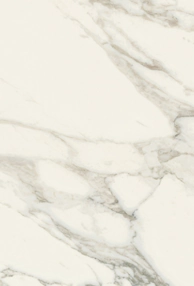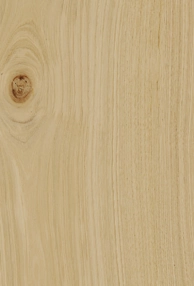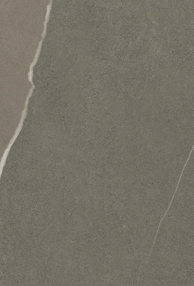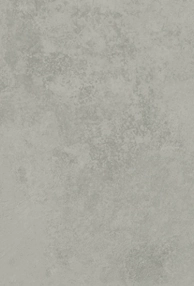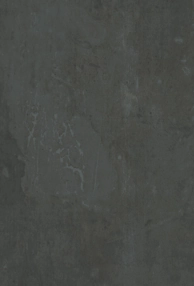Technical Area
Slipperiness (R) - DIN 51130
For products: Full-body and full-body coloured porcelain stoneware classified UGL
Antislip properties for shod feet is a characteristic that affects the health and safety of the users of ceramic floor coverings.
The antislip coefficients indicated by the R value classify products in relation to the specific needs of their intended use, in increasing order of slipperiness with reference to industrial and commercial environments in particular.
In this test, an operator stands on a horizontal tiled surface that has been oiled. The operator, wearing special footwear, remains on the surface while it is being tilted until he begins to slip.
The following classification is determined by the angle of the tiled surface when he starts slipping:
| ANGLE | CLASSIFICATION | INTENDED USE |
|---|---|---|
| a<6° | non classificate | Indoor residential and commercial with internal access |
| 6° ≤ a ≤ 10° | R9 | Indoor areas, entrances and staircases with outdoor access |
| 10° ≤ a ≤ 19° | R10 | Communal areas with moisture (showers, garages) Covered outdoor areas |
| 19° ≤ a ≤ 27° | R11 | Working environments with large amounts of water, laboratories Uncovered outdoor areas |
| 27° ≤ a ≤ 35° | R12 | Working environments using slippery substances |
| a > 35° | R13 | Environments with large quantities of oils and fats |
Slipperiness - DIN 51097
For products: Full-body and full-body coloured porcelain stoneware classified UGL
This slip resistance test method is a procedure that establishes tiles’ compliance with the requirements for installation in premises where people walk around barefoot, such as swimming-pools, spas, changing-rooms, etc.
This property affects the health and safety of the users of ceramic floor coverings. The tiles are fitted on a horizontal surface and are wet with a solution (1 g/l of wetting agent + water). The operator (who is barefoot), stands on the surface while it is being tilted until he begins to slip: the angle when the slipping starts determines the following classification:
| ANGLE | CLASSIFICATION | INTENDED USE |
|---|---|---|
| a < 12° | Not classified | |
| 12° ≤a ≤ 18° | A | Changing-rooms, barefoot access zones, etc |
| 18° ≤ a ≤ 24° | B (A+B) | Showers, edges of swimming-pools etc |
| a ≤ 24° | C (A+B+C) | Underwater sloping swimming-pool edges, submerged steps, zones where water may stagnate |
VSHADE - Tile Shade Variation
The term “shade variation” is the differences in the colour and/or texture on surface you see with the tiles in any one collection.
There are four categories of variations in shading and the various collections are classed with one of these:
 |
V1 – Uniform appearance The colour and texture of the tiles is uniform. Differences among pieces from the same production run are minimal. |
 |
V2 – Slight Variation Clearly distinguishable differences in texture and/or pattern within similar colors. The colour of the tiles is basically uniform with some shading in similar tones. |
 |
V3 – Moderate Variation While the colors present on a single piece of tile will be indicative of the colors to be expected on the other tiles, the amount of colors on each piece may vary significantly. For example "that little bit of color" on one piece of tile may be the primary color on the next piece. The product has deliberately moderate texture variation in the shading, resulting from the original grain or veining of the natural materials, or produced to suggest vintage effects, an aged look or a particular texture. |
 |
V4 – Substantial Variation Random color/texture differences from tile to tile, so that one tile may have totally different colors/graphics from that of other tiles. Thus the final installation will be unique. The evident contrasts are used to depict the natural and cultural references that inspired the collections. |
